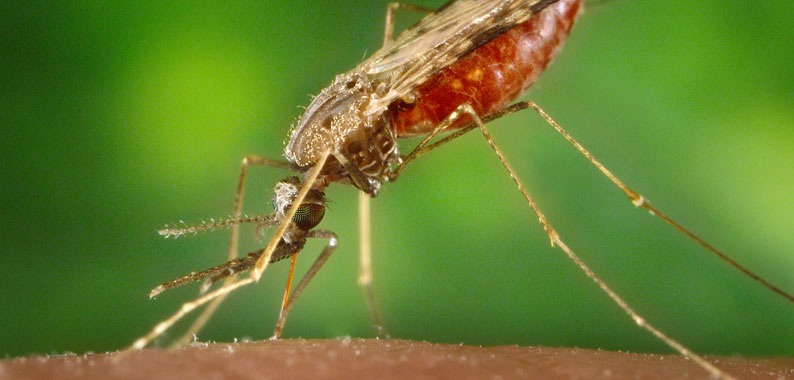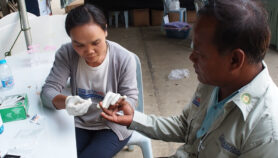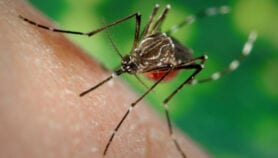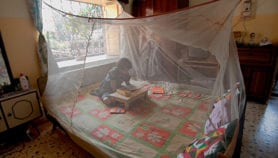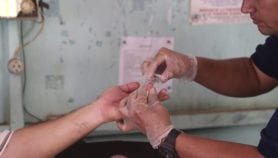By: Fatima Arkin
Send to a friend
The details you provide on this page will not be used to send unsolicited email, and will not be sold to a 3rd party. See privacy policy.
[MANILA] Plasmodium vivax, the more widespread strain of malaria, has greater genetic diversity than the deadly P. falciparum, which means that P. vivax may evolve differently to the anti-malarial drugs used in varying parts of the world, according to a new study in the Nature Genetics (27 June).
“P. vivax is more likely to be the more difficult species to eliminate, and so more funds should be available to study better ways to control the species,” Jane Carlton, a professor at New York University's Department of Biology who led the study, tells SciDev.Net.
“This study provides the data to support what many already believe — that malaria is not the same across all countries.”
By Rhoel Dinglasan, University of Florida
P. vivax causes an estimated 15.8 million clinical malaria cases each year. Some of the hardest hit countries are in South-East Asia and the Western Pacific.
But P. vivax has historically remained in the shadow of P. falciparum when it comes to public health priorities. This stems from the false notion handed down since colonial times that P. vivax is a benign disease, which has been corrected by the scientific community over the past decade.
Carlton says that the burden of P. falciparum has decreased due to better control methods “so now is an excellent time to reinvigorate P. vivax malaria research”.
In the study, researchers sequenced roughly 200 DNA samples of P. vivax collected from humans, making it the largest number of P. vivax genomes sequenced to date.
The scientists were able to extricate DNA from its human host by using a set of unique “sticky baits” that held on to the parasite’s DNA while the human DNA washed away. Samples were collected through the International Centers of Excellence for Malaria Research and came from 11 countries, including Myanmar, Papua New Guinea and Thailand.
The sequencing of the parasite's genome offered various insights into what is happening with P. vivax today. It also bridges the perceived and real difficulties of trying to gain insight from a lab strain taken from one part of the world that likely differs from strains in other parts of the world.
For instance, in Papua New Guinea, the population of P. vivax is more diverse compared to Mexico, which has a relatively more homogenous genetic makeup and reflects the decline of P. vivax in Mexico over the last decade.
“This study provides the data to support what many already believe — that malaria is not the same across all countries,” Rhoel Dinglasan, an associate professor of infectious diseases at the University of Florida, tells SciDev.Net.
He says the study allows public health practitioners in their respective countries to re-examine their control and elimination programmes and how such programmes are evaluated. For example, if you know what the parasite genotype is in your area and you have implemented an aggressive control effort, then you can use this knowledge to understand whether or not a "failure" is a result of an introduction from neighbouring countries, says Dinglasan.
“The malaria parasites that infect us are complex, and every effort to understand the complexity of their biology will bring us a step closer to finding just the right, tailored approach to eliminate, if not eradicate the disease,” he adds.
This piece was produced by SciDev.Net’s South-East Asia & Pacific desk.
References
Jane Carlton and others Population genomics studies identify signatures of global dispersal and drug resistance in Plasmodium vivax (Nature Genetics, 27 June 2016)


